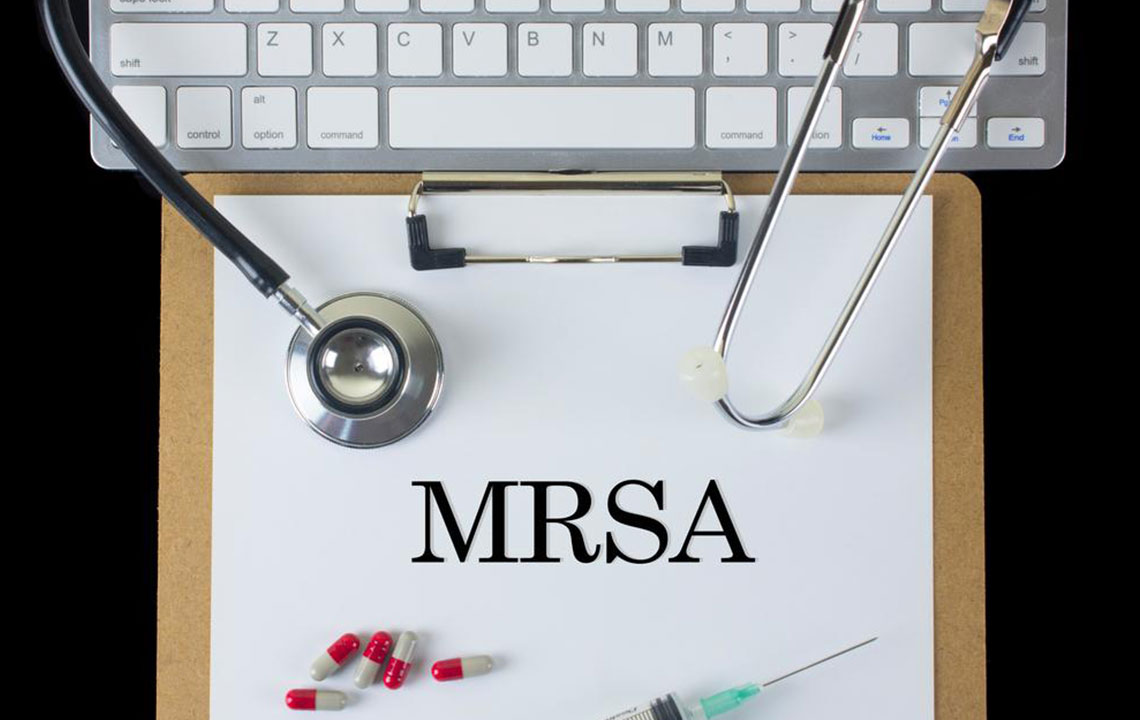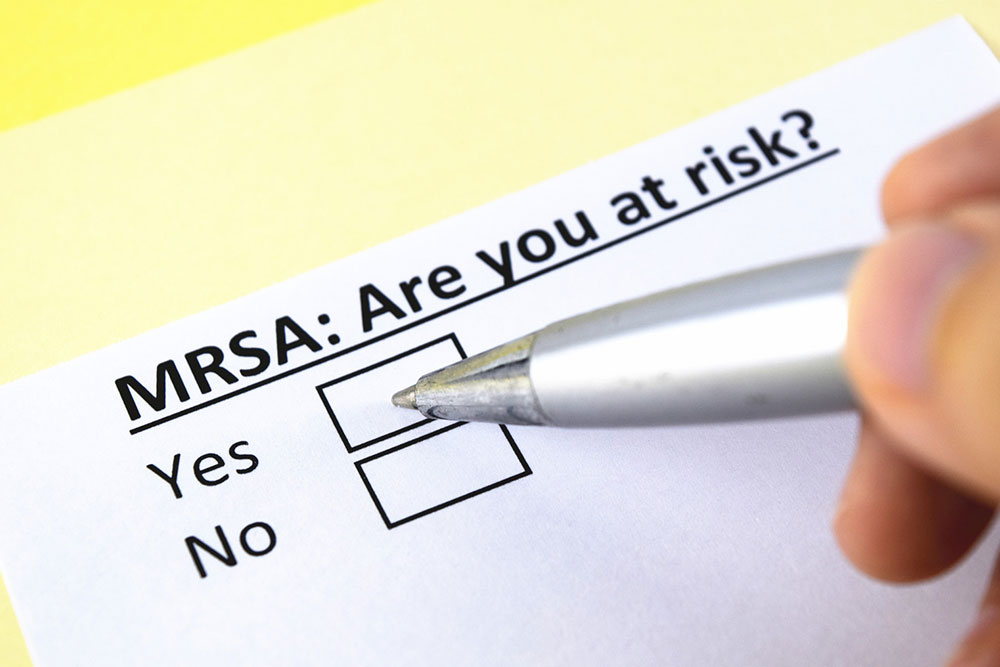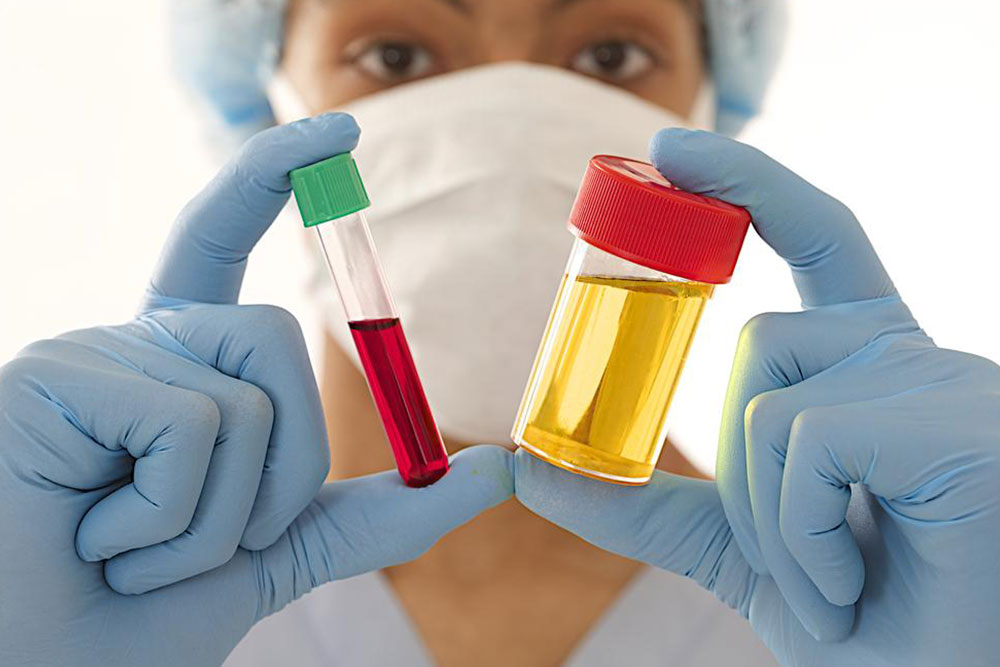Comprehensive Guide to E. coli Infections and Urinary Tract Infections (UTIs)
This comprehensive article explores E. coli infections, focusing on their causes, risk factors, health implications, and management strategies, especially concerning urinary tract infections. It emphasizes proper hygiene and food safety practices to prevent infection. Understanding the sources and symptoms of E. coli is crucial for early detection and effective treatment, particularly for vulnerable populations. The article provides valuable insights into managing UTIs caused by E. coli, highlighting the importance of prompt medical intervention and lifestyle modifications to ensure quick recovery and prevent serious complications.

Comprehensive Guide to E. coli Infections and Urinary Tract Infections (UTIs)
Escherichia coli, more commonly known as E. coli, is a type of bacteria that belongs to the Enterobacteriaceae family. This bacteria is typically rod-shaped and naturally resides within the intestines of humans and various animals. While most strains of E. coli are harmless and play a beneficial role in digestion, certain pathogenic strains can pose significant health risks if ingested through contaminated food or water sources. The presence of these harmful strains in food or water can lead to infections, which if left untreated, may develop into more severe health complications. Most healthy adults tend to experience quick recovery within a few days, but vulnerable groups such as young children, elderly individuals, and people with weakened immune systems face higher risks of serious health issues. Implementing proper hygiene practices and ensuring food safety are fundamental to reducing the likelihood of infection and maintaining overall health.
Common Sources of E. coli Infection
E. coli naturally inhabits the human gut, existing as a part of the normal intestinal flora. However, external contamination is often responsible for infections, particularly when hygiene or food safety measures are inadequate. The primary pathways through which E. coli infection occurs include:
Inadequate handwashing during food handling and preparation, allowing bacteria from fecal matter to transfer onto food surfaces or utensils.
Consuming unpasteurized dairy products, such as raw milk, or mayonnaise-based items that are stored improperly, facilitating bacterial growth.
Eating raw or undercooked meats, including beef, poultry, and seafood, which can harbor E. coli bacteria.
Drinking or swimming in water contaminated due to fecal runoff, often linked to sewage spills or unsafe water sources.
Person-to-person transmission, especially in settings like care facilities, schools, or households where hygiene practices are not strictly followed.
Contact with animals such as cattle, goats, and sheep, particularly when proper sanitation protocols are not observed during farm visits or handling farm animals.
Populations Most at Risk
While anyone can contract an E. coli infection, certain groups are particularly vulnerable to severe illness. These include:
Newborn infants and young children whose immune systems are still developing.
Older adults, especially seniors whose immune defenses weaken with age.
Pregnant women, due to their altered immune responses and potential impact on fetal health.
Individuals with compromised immune systems, such as those undergoing chemotherapy, living with HIV/AIDS, or managing chronic conditions like diabetes or cancer.
Health Risks Associated with E. coli Exposure
Infection with E. coli can manifest in various ways, with some strains causing intestinal illness and others leading to more invasive infections. Common health concerns include:
Urinary Tract Infections (UTIs): This is perhaps the most well-known complication, occurring when bacteria migrate from the gastrointestinal tract into the urinary system. UTIs are particularly prevalent in women, infants, and elderly individuals. Studies indicate that E. coli accounts for approximately 80-90% of all UTIs, making it the leading causative pathogen.
Gastrointestinal Infections: Certain pathogenic strains of E. coli can cause diarrhea, abdominal cramping, nausea, and vomiting. In severe cases, infections may lead to bloody diarrhea or hemolytic uremic syndrome (HUS), which can cause kidney failure.
Invasive Infections: Though rare, some strains can invade the bloodstream or other organs, leading to serious conditions such as sepsis, especially in immunocompromised individuals or newborns.
To minimize risk, practicing proper hygiene—such as wiping from front to back for women—and safe food handling are essential. Preventative strategies play a crucial role in reducing infection rates and safeguarding health.
Effective Management of E. coli-Related UTIs
Prompt diagnosis and treatment are vital in managing UTIs caused by E. coli. Healthcare professionals typically recommend antibiotic therapy, with drugs such as Nitrofurantoin, Trimethoprim-sulfamethoxazole, or fosfomycin, depending on the severity of the infection and local antibiotic resistance patterns. Recognizing early symptoms is key; common signs include painful or burning sensations during urination, lower abdominal or back pain, fever, chills, fatigue, and urine that appears cloudy, foul-smelling, or bloody.
If you suspect a UTI, seeking immediate medical care is crucial. Diagnostic tests, such as urinalysis and urine culture, help confirm the infection and determine the most effective antibiotic treatment. Staying well-hydrated and completing the prescribed course of antibiotics are essential steps to ensure complete recovery and prevent recurrent infections.
Additionally, adopting lifestyle changes such as increased fluid intake, proper hygiene, and avoiding irritants like caffeine, alcohol, and spicy foods can help alleviate symptoms and expedite healing. For recurrent UTIs, doctors might recommend further testing or long-term preventive strategies to minimize recurrence.





